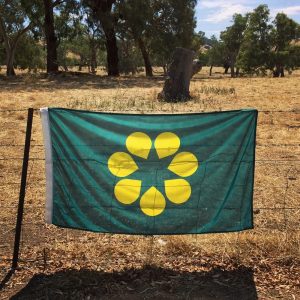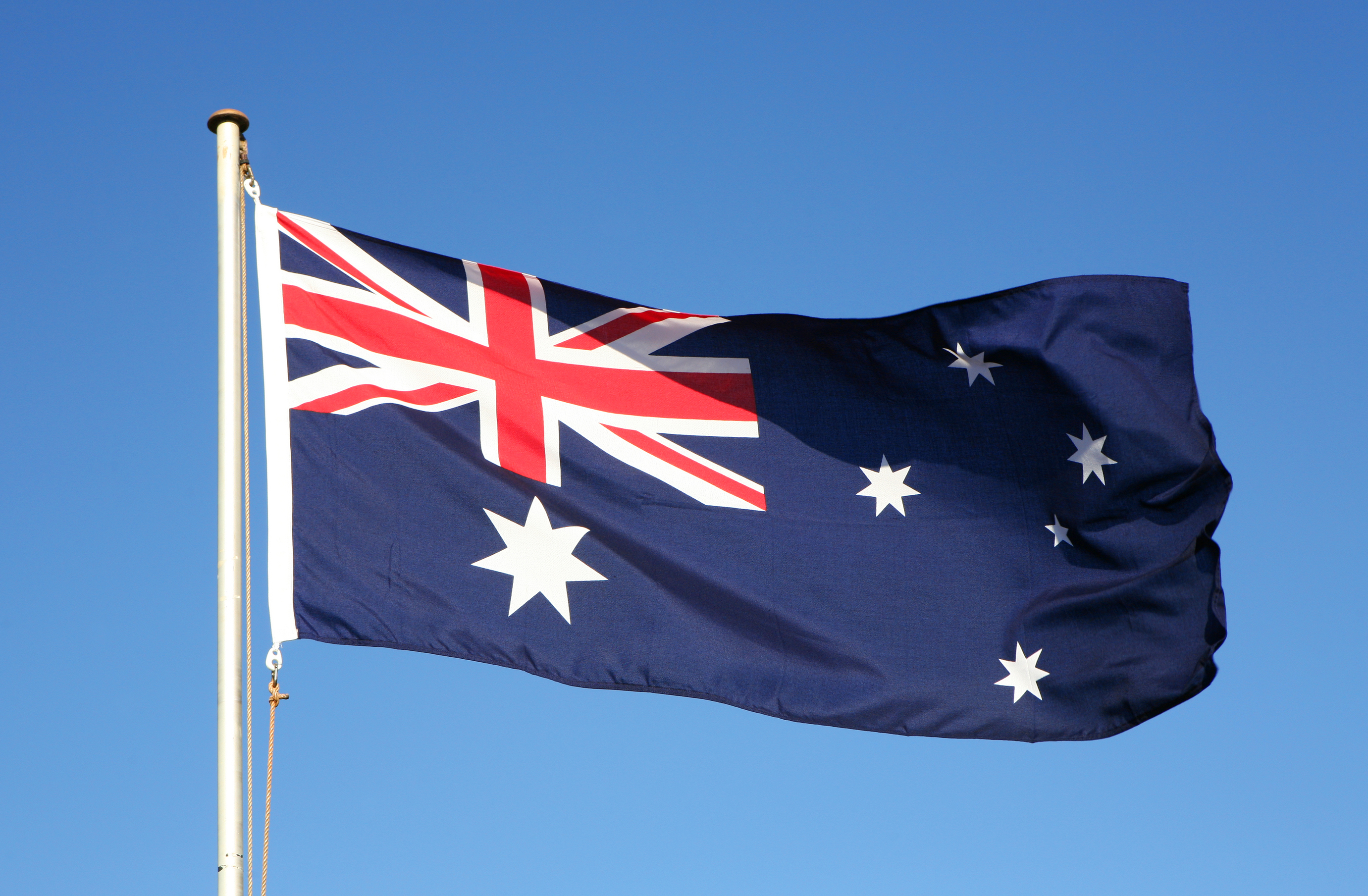Early in September Australia commemorated two of its national symbols. September 1 was National Wattle Day, in recognition of Australia’s national floral emblem, the Golden Wattle (Acacia pycnantha). Two days later was Australia National Flag Day, commemorating the day when the flag was first flown in 1901, although it didn’t become the official Australian flag until 1953.
The two days sit in contrast to each other. One is uniquely Australian, honoring native Australian flora, while the national flag, with its prominent Union Jack – the flag of the United Kingdom – clearly places its symbolic signal outside of the country.
Due to this, there remains a significant push within Australia to adopt a new flag, one that is locally symbolic and doesn’t have the flag of another country on it. The issue was pushed by Prime Minister Paul Keating in the early 1990s, and became a central issue in the lead up to the referendum on Australia becoming a republic in 1999.
Yet, as the failure of that referendum to pass demonstrated, changes involving national symbols are incredibly difficult. What ultimately led to the failure of the republic referendum was a conflict over the model of an Australian republic, and whether the new apolitical head of state would be directly elected or appointed by parliament.
Likewise, discussions about a new flag yield both resistance from those opposed to the idea outright, and much debate about the design even among those in favor of a change. Flags are powerful symbols, and everyone wants their favored symbol to be prominent.
Australia’s cousins in New Zealand went through this process in 2015 and 2016, where a long list of 40 designs were whittled down from over 10,000 submissions. A flag commission then decided on five designs that would go to a first referendum for the public to rank. A second referendum then pitted the winner against the existing New Zealand flag. Ultimately the existing flag was retained due to both a resistance to change and division over the new design.
Given Australia’s history of failed referendums – with only eight of the 45 held having passed – it may not be the way to go. Canada dispensed with its Union Jack-based flag in 1965 with an act of parliament. This may have caused great disgruntlement at the time, but over the decades the Maple Leaf has become a proud symbol of the Canadian nation, as well as a prominent tool used by Canadian backpackers to make sure they’re not confused for Americans (and now also used by American backpackers to disguise themselves internationally).
The Maple Leaf is a powerful symbol because of the apolitical nature of flora. It places national symbolism within the landscape, rather than through any historical or political development that may be contested within the public. This is a lesson that Australia could learn, making the Golden Wattle the obvious choice for a new flag design.
The Golden Wattle Flag is a simple design that places the Commonwealth Star inside the bud of the wattle. The Commonwealth Star, also known as the Federation Star, sits below the Union Jack on the current Australian flag and has seven points, six representing the states of Australia, and a seventh for its territories.
There is already a vast national infrastructure built around the tree. The Golden Wattle is used on Australia’s Coat of Arms, and its green and gold were officially adopted as Australia’s national colors in 1984. These are the colors used by Australian international sporting teams, the Australian Made logo placed on products manufactured in Australia, and they are the colors used by Medicare, Australia’s universal healthcare system. The prominent use of these colors as nationally important is incongruous with the colors of the current national flag.
In his election victory speech in May, Prime Minister Anthony Albanese stated, “We do not need to beg or borrow or copy from anywhere else. We do not need to seek our inspiration overseas.”
These comments were aimed at the Liberal Party and their attempts to import ideas and tactics from the Republican Party in the United States into the Australian political landscape. However, the government itself should see these comments as something larger and far more important than just the ability to score political points.
For Australia to be a confident nation, one that has faith in its own capabilities, and in the way it navigates the world, then it requires national symbols that are reflective of this. Australia has a compelling story to tell as an independent and incredibly successful country. It has a unique culture, values system, and environmental terrain that it can draw upon to project itself to the world. Yet its current most prominent natural symbol – the flag – doesn’t reflect this. It lacks confidence, gravitas, localization, and obviously independence.
Were Albanese to take his own words seriously then there is the opportunity to rectify this.






























